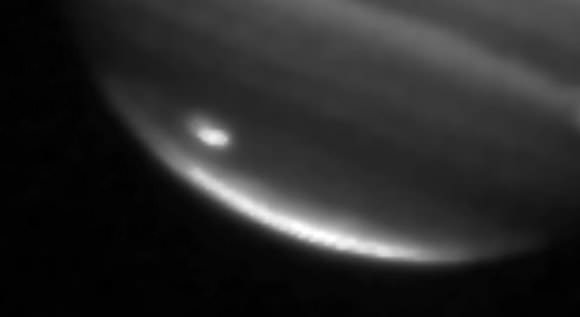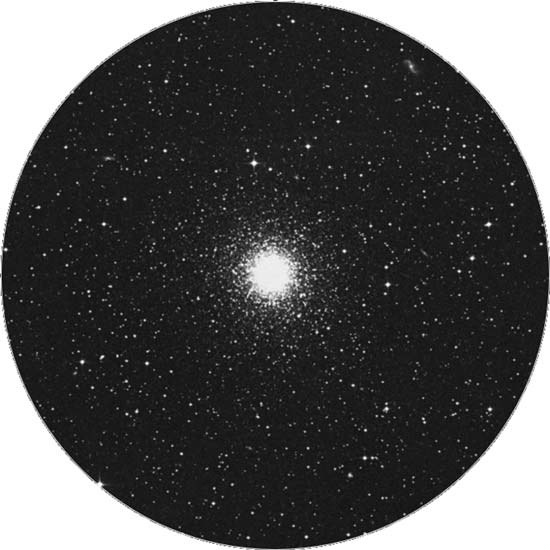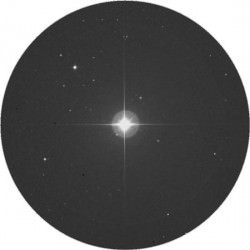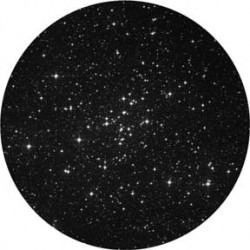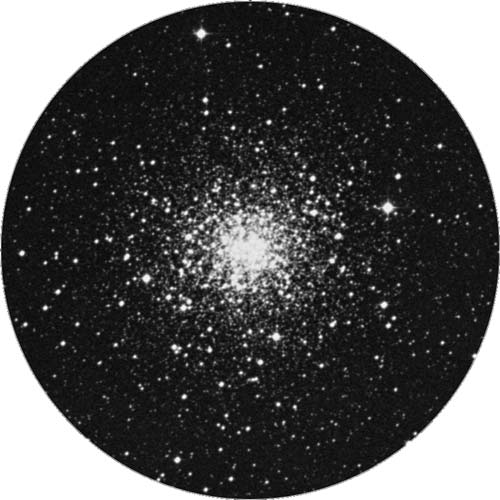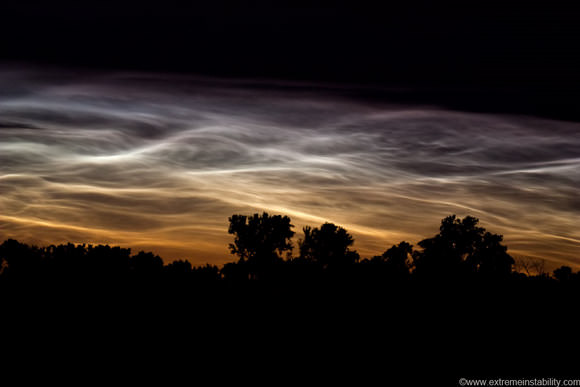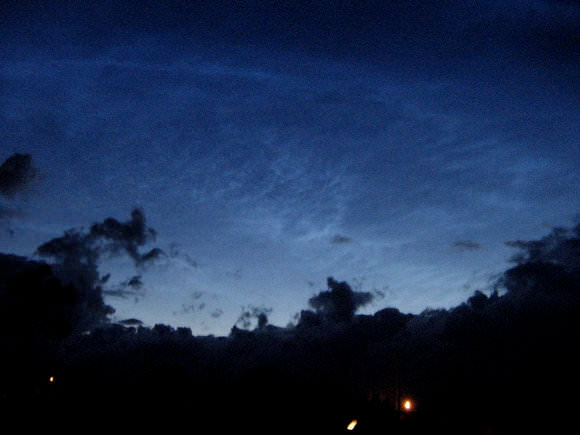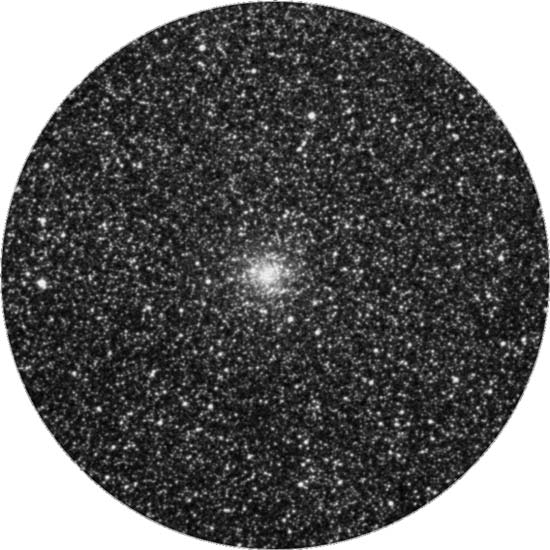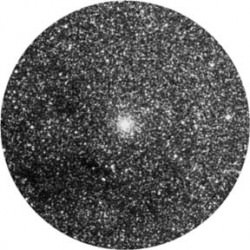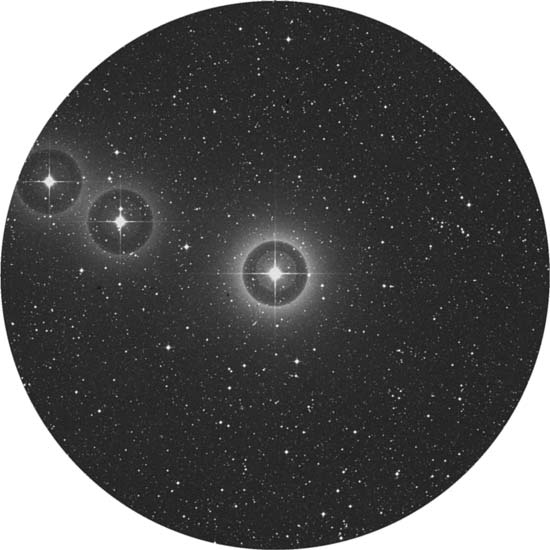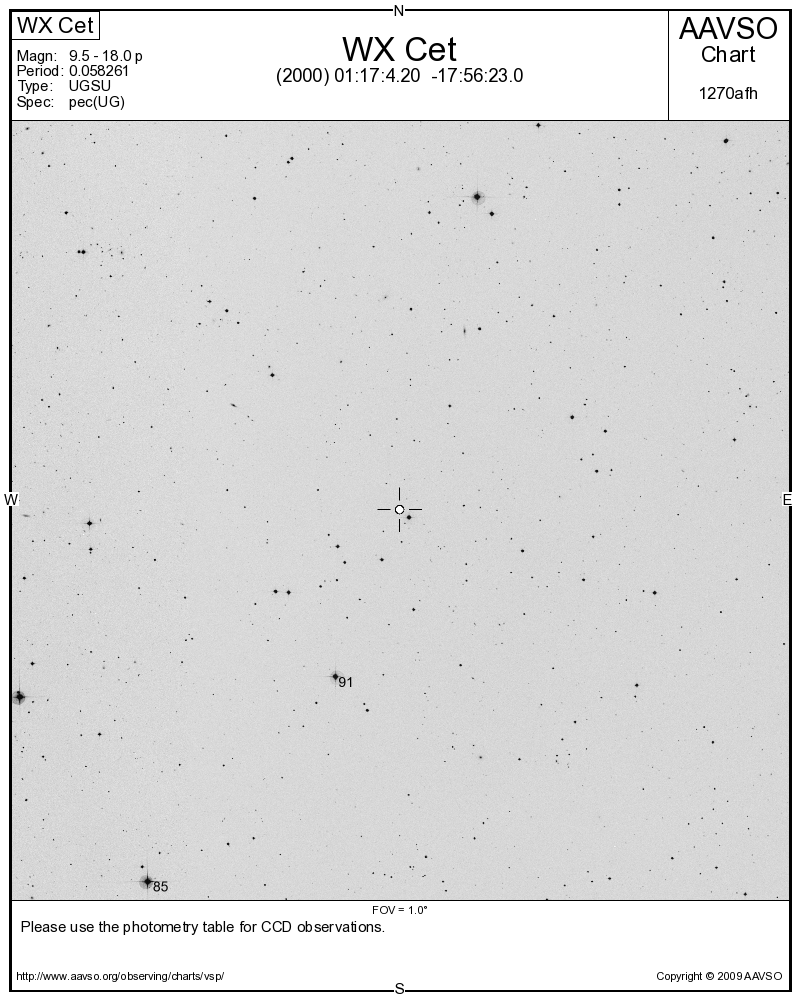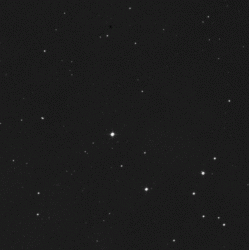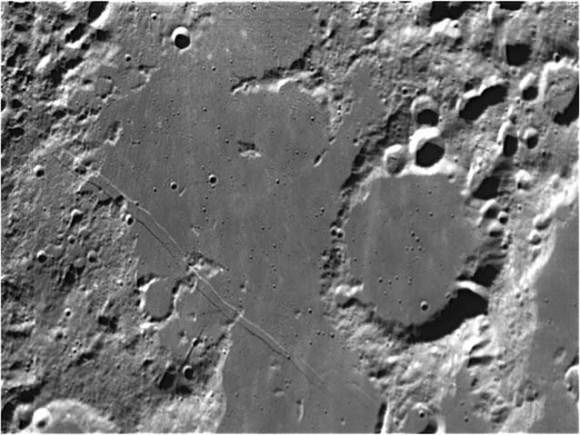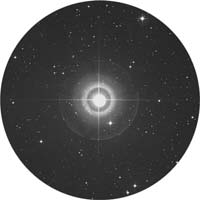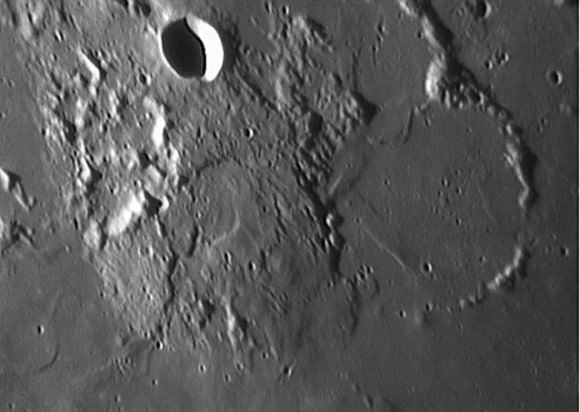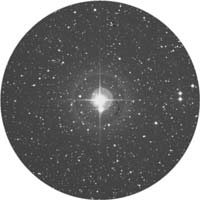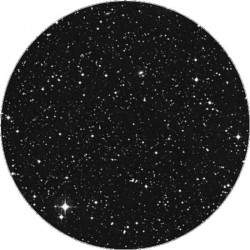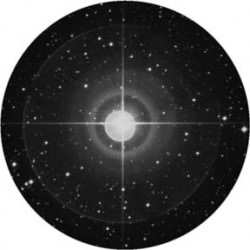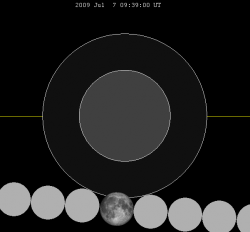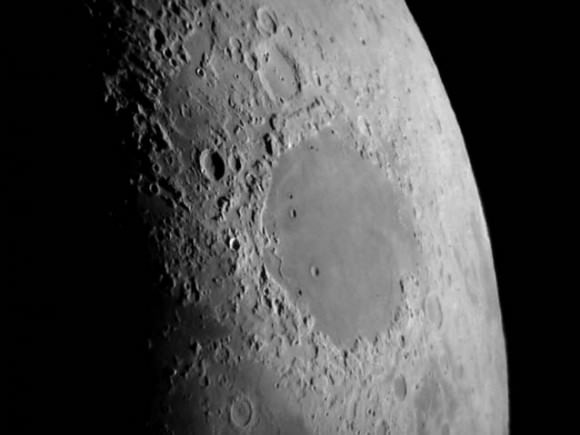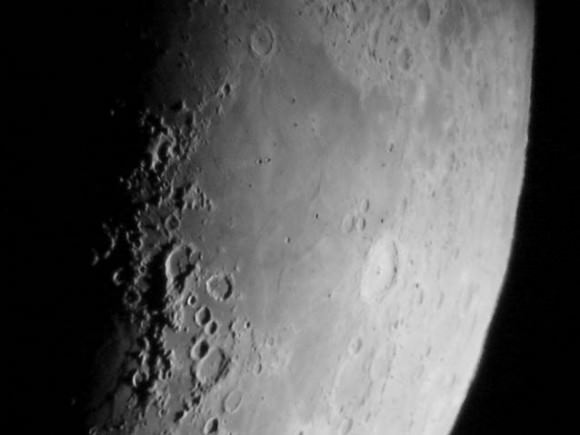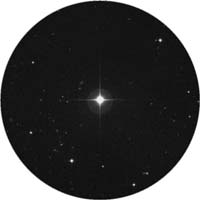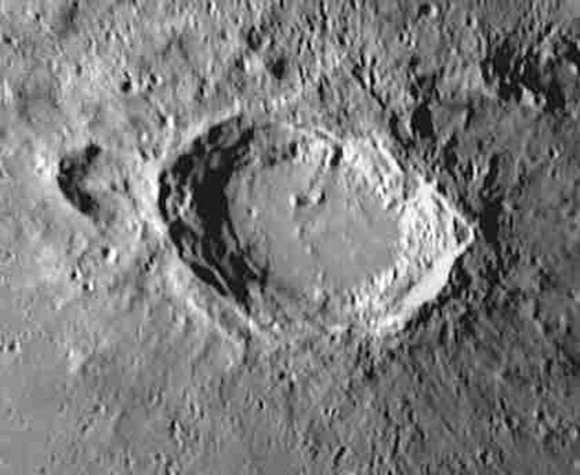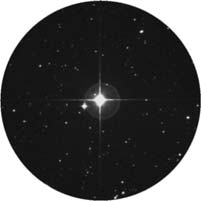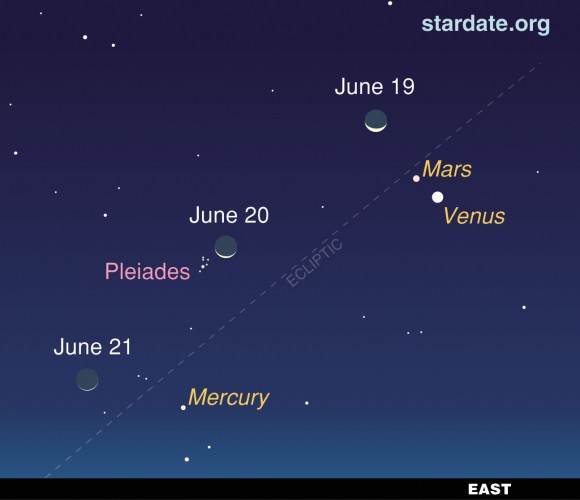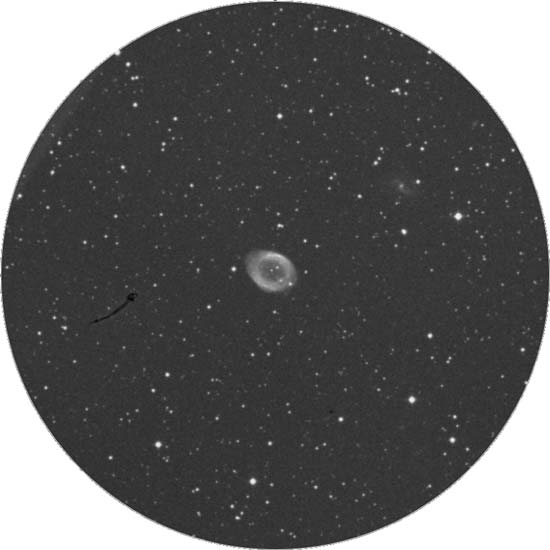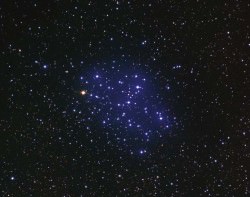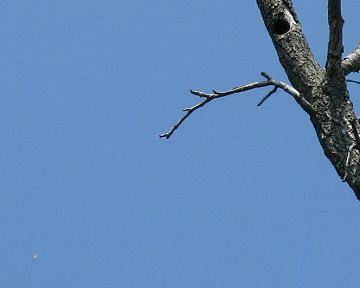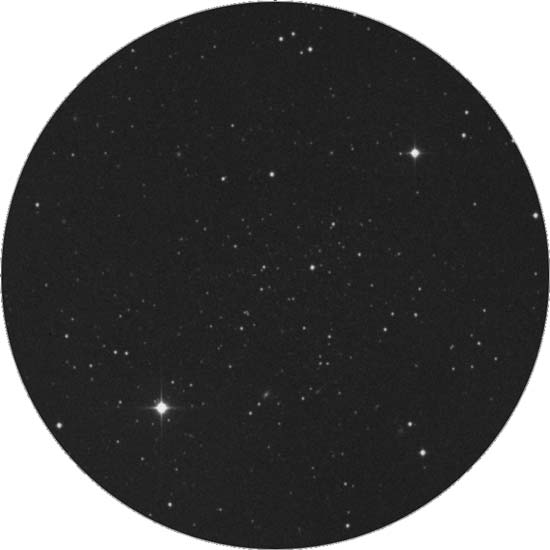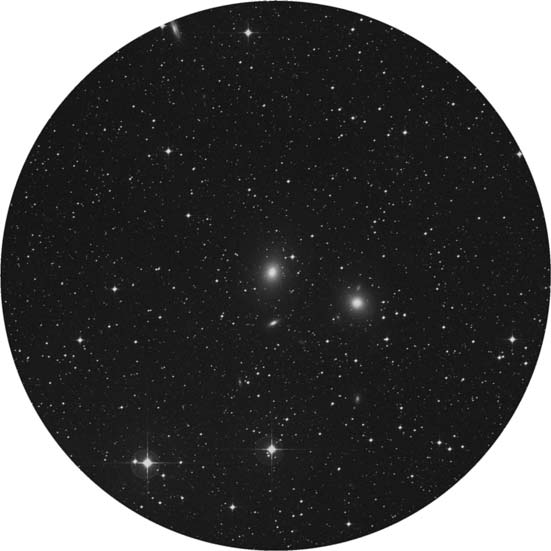[/caption]
As we reported yesterday, an amateur astronomer snapped evidence of an impact on Jupiter. Now, NASA has confirmed the black spot on the giant gas planet is in fact an impact and not just a weather-related disturbance. And Anthony Wesley has now made the biggest observation of his life.
“It still feels very surreal right now,” he told Universe Today. “I guess it will take some time to really sink in (pun intended). I guess it shows that persistence and many hours at the scope eventually pays off.”
The Infrared Telescope Facility at the summit of Mauna Kea, Hawaii, has imaged the south polar region Jupiter, confirming the impact, which occurred on July 19. New infrared images show the likely impact point, with a visibly dark “scar” and bright upwelling particles in the upper atmosphere detected in near-infrared wavelengths, and a warming of the upper troposphere with possible extra emission from ammonia gas detected at mid-infrared wavelengths.
Anthony said imaging Jupiter has been his main passion since 2004. “It’s such a dynamic system that every image I take shows something new and different,” he said, “It keeps me coming back year after year, with bigger and better equipment each time. I never expected to see anything like this of course, but even the routine imaging of Jupiter’s storm systems can reveal a tremendous wealth of detail.”
Anthony said this is one of the areas where amateurs can make a significant contribution to science. “The the study of planetary atmospherics is a very hot topic at the moment and nowhere are the dynamics more evident than on Jupiter,” he said. “Researchers are coming to rely on amateur images of Jupiter for much of their data, augmented by professional images whenever something truly significant occurs that justifies the cost of using the larger instruments.”
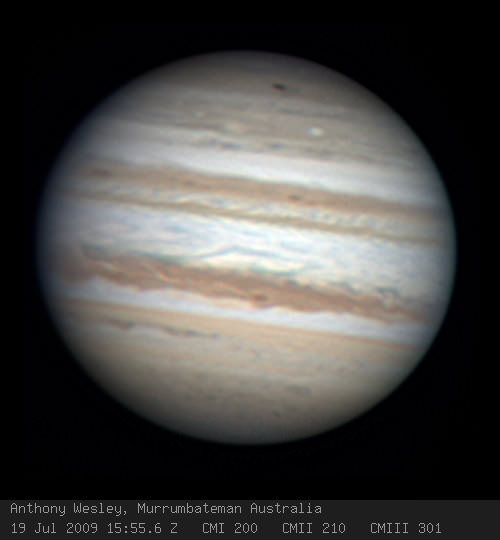
“It’s significant that in each of the last 3 years amateurs have made the initial discoveries of new features in the Jovian atmosphere, the colour change of the previously white Oval BA to red in 2007 by Chris Go of the Philippines, the formation of another (smaller) red spot last year by myself, and then this event in 2009. In all cases the amateur work was followed up with imagery from Hubble and other major telescopes.”
This new impact occurred exactly 15 years after the first impacts by the comet Shoemaker-Levy 9, and as the celebrations of the Apollo 11 moon landings are taking place.
Glenn Orton, a scientist at JPL and his team of astronomers kicked into gear early in Monday morning and haven’t stopped tracking the planet. They are downloading data now and are working to get additional observing time on this and other telescopes.
“We were extremely lucky to be seeing Jupiter at exactly the right time, the right hour, the right side of Jupiter to witness the event. We couldn’t have planned it better,” he said.
The top image taken by the Infrared Telescope Facility, was taken at 1.65 microns, a wavelength sensitive to sunlight reflected from high in Jupiter’s atmosphere, and it shows both the bright center of the scar (bottom left) and the debris to its northwest (upper left).
“It could be the impact of a comet, but we don’t know for sure yet,” said Orton. “It’s been a whirlwind of a day, and this on the anniversary of the Shoemaker-Levy 9 and Apollo anniversaries is amazing.”
Shoemaker-Levy 9 was a comet that had been seen to break into many pieces before the pieces hit Jupiter in 1994.
Sources: JPL, email exchange with Anthony Wesley

